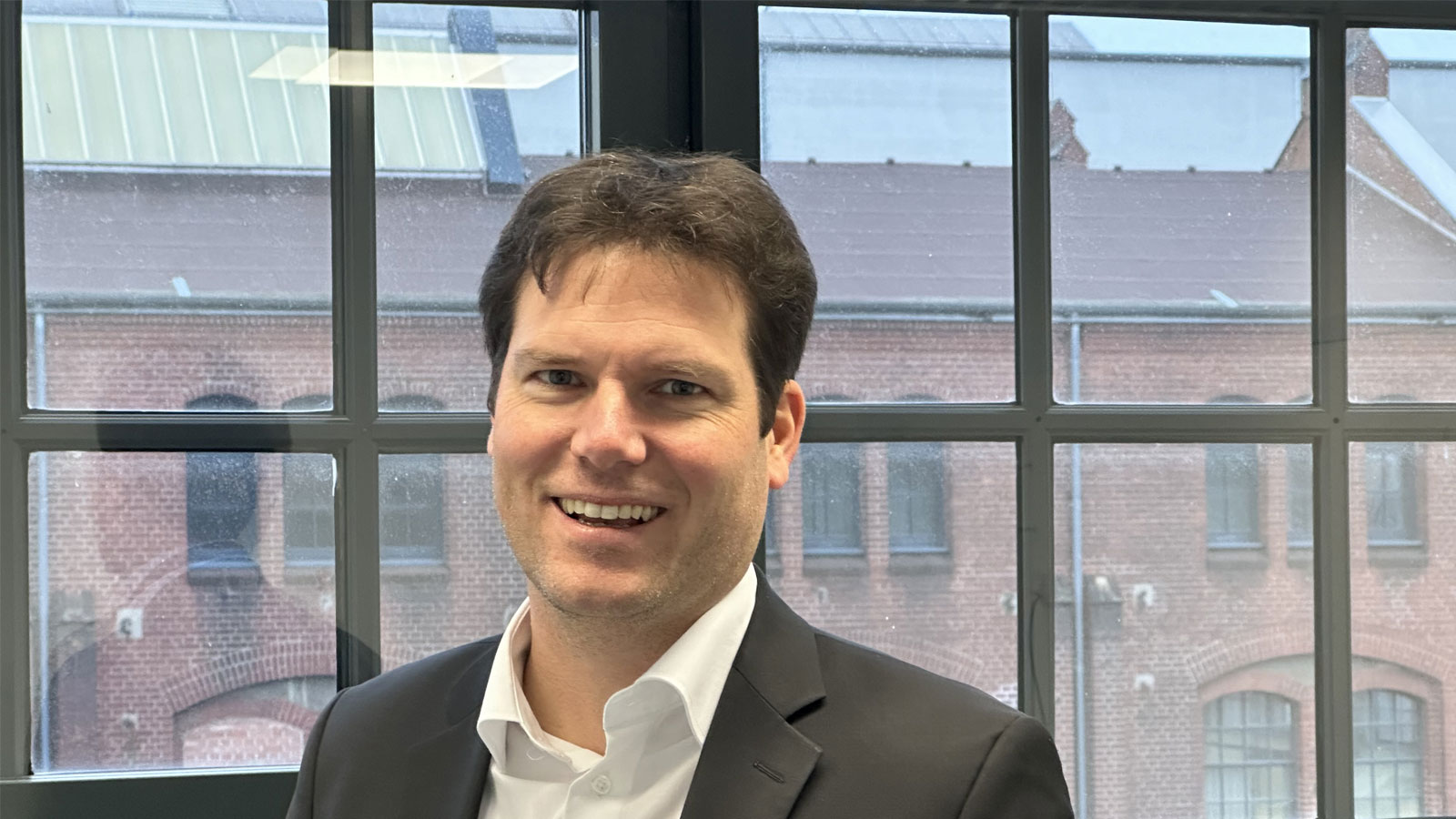Given your interest in the energy industry, why venture into the steel industry after your consulting career?
I have always been connected to energy, earning my doctorate degree in the field while working at Strategy&. My projects frequently focused on digitization or process optimization. I enjoyed working with midsized companies, and given the steel industry’s energy-intensive nature, the transition seemed fitting, especially since I started as head of strategy in a business unit of the parent company (GMH Group).
The steel processing industry faces long-standing challenges. How do you perceive the competitive landscape, and what role does Germany play?
The global steel market has been highly competitive, with overcapacity and high costs. China dominates the scene, producing around a billion tons of steel annually at low cost. Germany, Europe’s largest steel producer, produces about 40 million tons. Competing with China on costs and capacity is not feasible. Instead, we must focus on product differentiation, specialization, and targeting niche markets.
Your rapid advancement from the strategy department to serving as WSK’s managing director during a financial downturn is remarkable. Can you share more about that journey?
When a company has been losing money for a long time, significant changes are necessary to regain competitiveness. Small adjustments and minor changes typically won’t bring the desired results. Initially, the plan involved relocating the manufacturing facilities. However, upon closer examination, we discovered opportunities to improve margins, with most sales continuing at the existing locations, so closing the sites was quickly dismissed. We conducted a detailed analysis of key performance indicators for production, energy consumption, finances, and processes, deriving targeted recommendations for action. At that time, I was involved in the project as an internal strategist. Later I had the chance to implement our proposed scenario as the commercial director—essentially moving from strategy to execution. Our team had confidence in the proposed scenarios, and they trusted our judgment, enabling us to successfully implement the measures.
What were the biggest challenges during the transformation? And what strategic initiatives did you pursue to navigate the company through its crisis?
We focused on our strengths and what differentiates us from other market players: our core competence. For us, this was a high-performance forging hammer that offered a unique selling point due to its size and production capabilities. We optimized its use and reduced idle time by introducing new work shifts, which also enhanced the efficiency of our furnace operations. Additionally, we upgraded the insulation of our furnaces and increased employee awareness of energy efficiency. These efforts helped us minimize energy losses and reduce district heating consumption by 30%. Lastly, we improved costs and margins, ensuring greater transparency in terms of profitability and pricing for our customers.
In addition to the extended period of financial losses, we faced challenges similar to many other companies, including the impact of the coronavirus pandemic and the ongoing energy crises. The shortage of skilled workers is a persistent issue that is expected to intensify as baby boomers and highly trained employees continue to retire. Despite being a medium-sized company, we have to meet the same bureaucratic requirements as larger corporations, but with fewer employees to manage these demands.
How have you developed the corporate culture to ensure that the team remains motivated and focused during the crisis and restructuring phase?
It starts with building a strong team, which we have developed over the past few years. It’s crucial to foster a culture where employees feel safe to learn from errors and understand the importance of key performance indicators (KPIs). We have implemented a cooperative management style and simplified KPIs for company-wide adoption. Transparency is the most vital element—employees need to understand the stakes and appreciate the significance of KPIs for successful implementation. For instance, in reducing district heating usage, while weather plays a role, employee behavior in energy usage is even more impactful. By making all relevant data transparent, we’ve raised awareness and motivated employees, enabling them to fully understand and support our efforts.
Which experiences from your time at Strategy& have been particularly helpful in your current position and in overcoming these challenges?
During my years at Strategy&, I gained experience working on over 50 strategy projects, which provided me with a wealth of knowledge. As a consultant, you learn an analytical approach to tackling problems, as well as how to structure complex problems and their solutions. We often discussed “capabilities-driven strategy” at Strategy&, and this concept was pivotal at WSK—we concentrated on our core competencies to regain competitiveness.
How do you see the future of the steel industry, and which trends will remain relevant?
The demand for crankshafts, primarily used in emergency gensets, is rising due to the energy transition and the increasing need for sustainable and renewable energy sources. Additionally, the use of AI is expected to drive growth in this sector. Another global trend is the shift from gas to electric ovens. Overall, CO₂ reduction, along with competitive energy and raw material costs, will be a critical issue affecting all industries, especially the steel sector, for the foreseeable future. Thanks to the various energy-saving measures we’ve implemented over recent years, we’ve already achieved a 20% reduction in emissions and will continue striving for further improvements. The use of scrap metal is also becoming increasingly important. Furthermore, I believe the defense industry will play a crucial role in future growth, particularly in Germany and Europe.
As part of a series of interviews with alumni, this one was conducted and edited by Philipp Strobl and Ina Fischer, Strategy&.

Philipp-Marcel Strobl, Director at Strategy&



